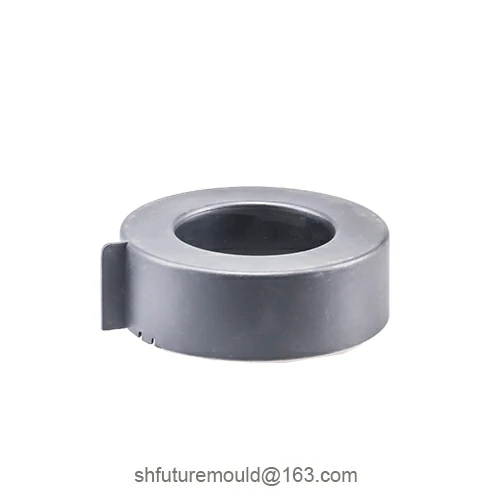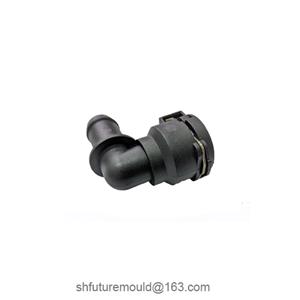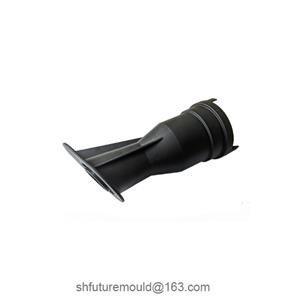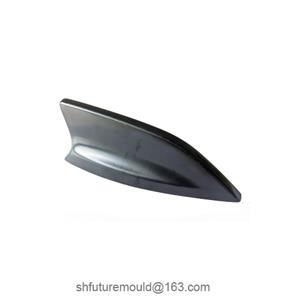CNC Machining
We have a full line of 3, 4 and 5 axis machining centers equipped with automation to handle both small and large volume runs, also injection mold manufacturing tasks. Components are produced with standard tolerances of +/-0.005”. Tighter tolerances may be specified but may affect pricing and delivery. Secondary operations such as tapping, marking, and surface treatments are available upon request for an additional charge. And we own various CNC machines to meet all your needs.
CNC Mills
CNC mills generally start with a block (blank) of material and removes that material until only the desired part is left. A CAD file gets translated into G-code (or similar code). This code is then uploaded to the CNC mill, where it uses a program to control its spindle in a three-axis system (X, Y and Z). The code contains the coordinates for the part and the speed at which the spindle should spin. The CNC mill follows code in order and, once finished, the part has been cut out from the blank.
CNC Lathes
CNC lathes differ from CNC mills as they only move their spindles in a two-axis system (X and Y). CNC lathes take a blank and then spin it around at a high RPM. Any cuts made to the blank are uniform on all sides. CNC lathes are used for creating cylindrical pieces that need to have uniform cuts on all sides.
CNC Plasma Cutters
CNC plasma cutters use the same technology as other CNC machines. The main difference is that a plasma cutter cuts parts out of a large, flat metal blank instead of a block. It also only moves the tool tip along two axes.
We currently offer the following materials for CNC machining:
ABS
ABS, Black
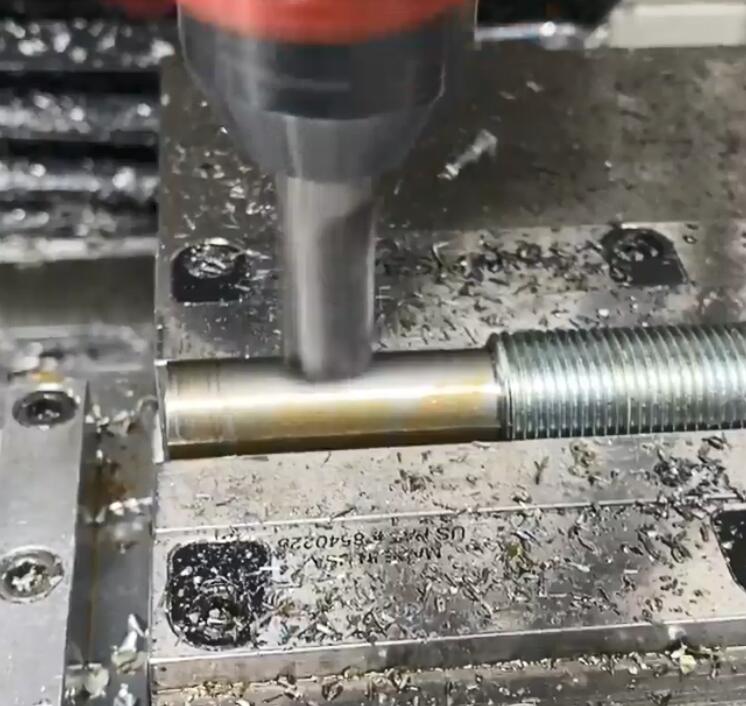
HDPE
Noryl
Nylon
PC
PEI
PMMA (Acrylic)
POM
PTFE (Teflon)
PVC
UHMW
ULTEM
Our standard tolerance for CNC machined metal is +/- 0.002″, and you can also request tighter tolerances. The hardness of metal will also affect the length of time required to machine out a part. For example, using a harder metal like carbon steel requires a slower spindle RPM which will take more time to remove the material from the part. By using a softer metal like aluminum, a part can be cut out 4 times faster than a hard metal like carbon steel. Make sure you consider the type of metal when doing price estimation. See more about CNC Metal Machining.

